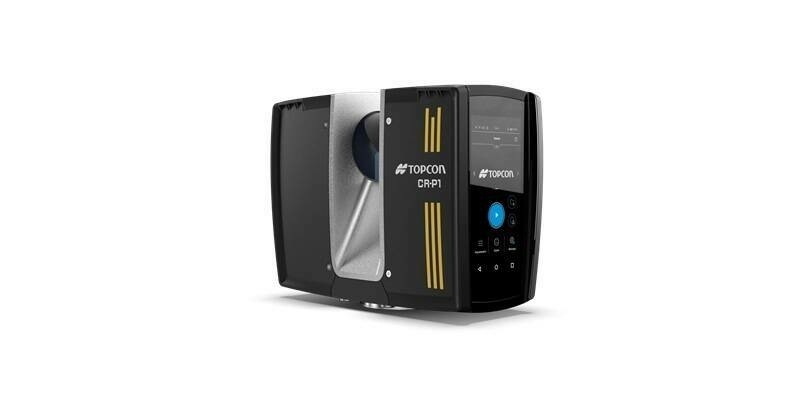The EDRS-C satellite, the second node of Airbus’ SpaceDataHighway constellation, completed its commissioning tests on 15th July 2020 and is now ready to start operational services.
Following its successful launch in August 2019 and manoeuvring to its geostationary orbital slot at 31 degrees east, in-orbit testing has been executed and laser communication links have been established to the Copernicus programme’s Sentinel Earth observation satellites.
EDRS-C doubles transmission capacity and the constellation is now able to relay the data from two observation satellites simultaneously. It further strengthens Airbus’ commitment to serve the existing Copernicus programme as well as future Sentinel missions. The additional capacity will also enable Airbus to accommodate further customer needs. By 2030, about 15 satellites should use the very high bandwidth data connectivity of the SpaceDataHighway.
From 2021 onwards, Pléiades Neo – Airbus’ most advanced optical Earth observation constellation with four identical 30 cm resolution satellites – will be the next satellites to benefit from the SpaceDataHighway’s infrastructure. As an integral part of Pleiades Neo’s full end to end service, SpaceDataHighway will further optimise mission reactivity providing for real time tasking and very high throughput data offload.
EDRS-C has joined the EDRS-A satellite which daily transmits images of Earth acquired by the Copernicus programme’s four Sentinel observation satellites. Since 2017, EDRS-A has achieved more than 35,000 laser connections. These successful connections have downloaded nearly two petabytes of data with an availability of 99.5 percent.
Subscribe to our newsletter
Stay updated on the latest technology, innovation product arrivals and exciting offers to your inbox.
Newsletter

